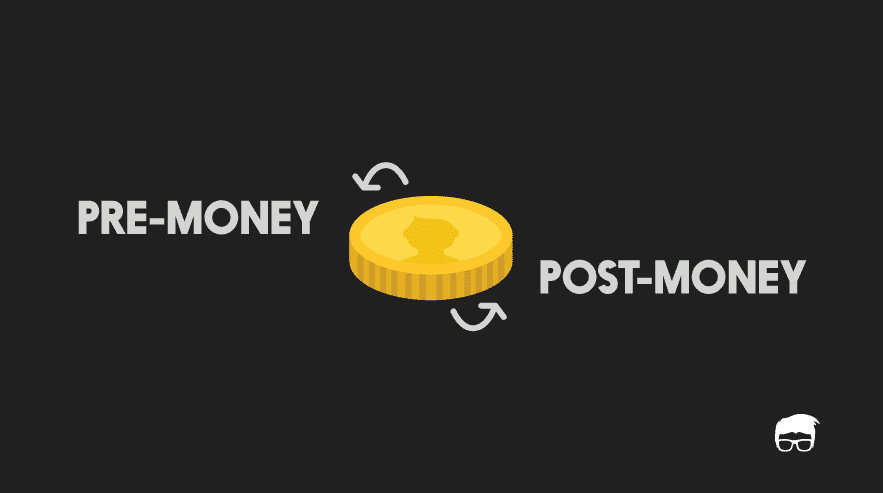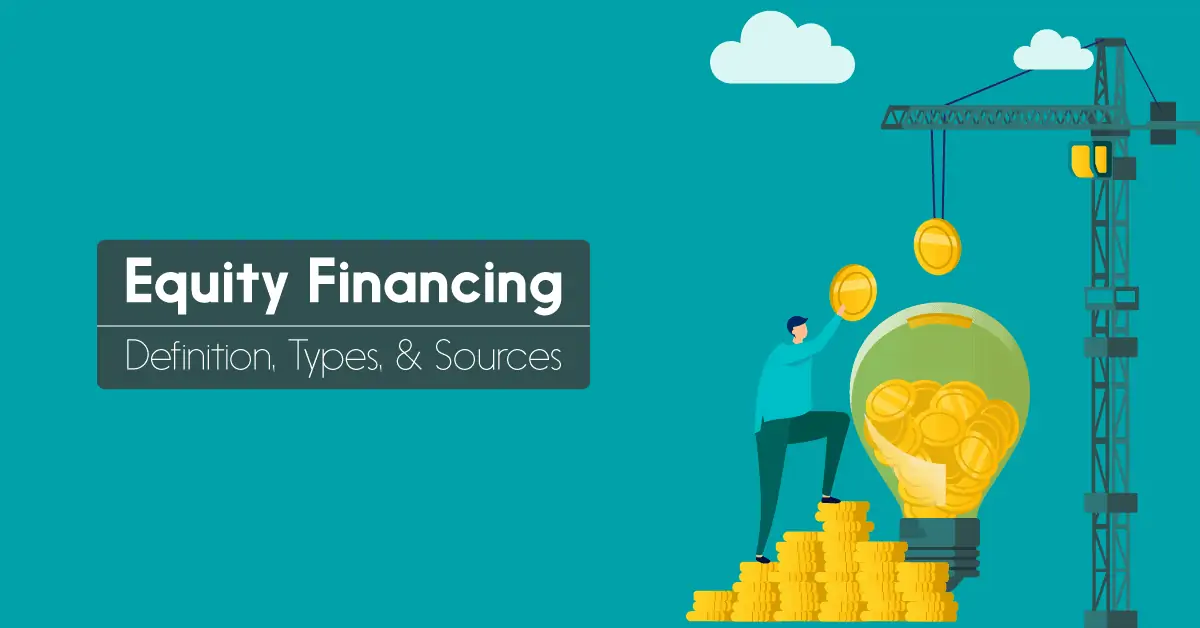When you are working with a capital driven start-up you are likely to come across a whole new array of vocabulary. Pre-money and post-money valuation is something you will likely hear from a VC (Venture capitalist) or from your angel investor. These might stump newly established entrepreneurs but we have a handy guide that will get you out of this tight corner.
What Is Post-Money Valuation?
Post-money valuation is the value a company holds after the financing of an investment has been completed.
Most percentage equity is based off on the post-money valuation of the company.
Say, your company has 100 shares and you plan on adding 25 more shares. An investor agrees on paying $25 million for these 25 shares. This is where you can calculate the post-money valuation now.
The investor is paying $25 million for 25 shares out of a total 125 shares (The new shares are important). This means they are paying 25 million for 20%(25/125) of the company. Thus the post-money valuation (100%) worth would be 25*5= $125 million.
Thus a standard formula would be
Post-money valuation= New investment*(Total number of shares(old+new)/shares for new investment)
What Is Pre-Money Valuation?
Pre-money valuation is the value a company is perceived to hold before an investor finances an investment.
Pre-money is slightly less tricky than post-money. It is the valuation on the basis of which an investor asks for equity in exchange for capital.
In simpler terms
Pre-money valuation = Post-money valuation – New investment
Pre-Money Valuation vs. Post-Money Valuation
The most basic difference between pre-money and post-money valuation is the timing of the valuation. Pre-money valuation is the valuation that your company holds before money is pumped in by investors whereas post-money valuation is the valuation that your company holds after the money is invested.
A lot of first-time entrepreneurs are confused which valuation they are actually looking at during funding round. We will try to help you out with a basic example of the whole process.
Let us assume that your investor tells you that they will give you $2 million for 20% of your company you would assume that they are talking about the pre-money valuation. But what they actually mean is that they want to hold 20% equity after they have invested money in your startup.
Most people would ask. But how does this matter? Because generally, entrepreneurs assume it is a simple transaction, Money in exchange for equity. Here is where the flaw comes in.
When money is pumped into an enterprise, the valuation is increased by that amount of money. Say when the investor in the above example pumps in the money, the company valuation takes a jump of $2 million. This is what the investor is looking for. So basically investors are investing in a company which will hold a valuation of $10 million after they put in their money thus effectively giving them 20% of the ownership.
This means the pre-money valuation of the company was $10 million – $2 million = $8 million.
Pre-money valuation = Post-money valuation – invested amount
Thus, the pre-money valuation was actually $8 million which most entrepreneurs might have anticipated as $10 million. You need to understand the valuation of $10 million holds true only after the investor has invested in the money.
It is very important to have a clear stance while discussing funding with your investors and know if they are talking about pre-money or post-money valuation.
This is a very important topic to understand as most entrepreneurs have good ideas and relatively lesser assets and that is when calculating pre-money valuation is dicey. In such a situation pre-money valuation is negotiable and thus it is upon you to get maximum out of your deal.
The Startup Process
We know how important your dream business is to you. Therefore, we’ve come up with an all in one guide: The Startup Process to help you turn your vision into reality.
Engineer by education. Writer by choice. I learn about new things by writing about them.









